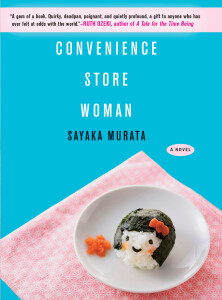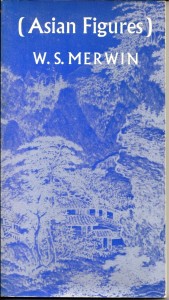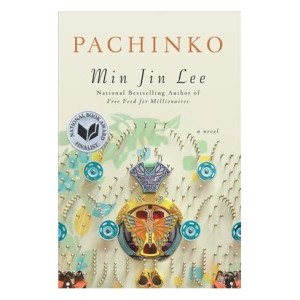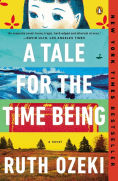
This quiet, first-person narrative from Japan invites us into the life of a woman at odds with her culture. At thirty-six, Keiko Furukura still works part-time in a convenience store, a situation that is considered disgraceful in a society that values high-pressure careers. Even worse, she’s unmarried; in fact, she’s never even had a boyfriend.
She’s been working at the same store for half of her life and is an excellent employee: always polite with customers and colleagues, cheerful and hard-working. Keiko, who is neurodivergent (probably somewhere on the autism spectrum), responds well to the clear instructions in the store’s handbook and the rigid daily routine.
While she is proud of her success at the store, her family and friends worry about her and encourage her to take steps to become more “normal.” It’s hard not to worry about her when she has let the store dictate every moment of her life, even when she is not at work. For example, she makes sure she eats meals and gets enough sleep, not for her own sake, but so she will be at her best when she is at the store.
This is a slight book and I don’t want to give too much away. I’ll just say that the story is driven by that conflict between her life and what society deems normal. The conflict is exacerbated by being set in Japan, where conformity seems to be the highest virtue.
Thus, the story explores nonconformity and—almost as an aside—gender roles. In Japan the title translates to Convenience Store Human, and I’m told that Japanese readers, with whom the book is enormously popular, are mystified that U.S. readers find gender issues in the book.
Still, my book club believed gender was key to the story. For one thing, there’s the role reversal of a potential boyfriend wishing to stay home and do nothing while Keiko works to support him—another instance of nonconformity.
More importantly, there is the essential conflict for women of how much to accommodate society’s attempts to control what they are allowed to wear, what jobs they can have, even whether or not they bear a child. As one person said, the book explores the cost to women of being yourself. She added that these days the attempt to be happy with who you are is undermined even further by social media.
Of course men, too, suffer from rigid social norms, though I believe less so in the U.S. than in Japan’s work-obsessed society. And there is, in the U.S. at least, a strong movement in the radical right to control women and subjugate them to men.
I saw one additional—and subversive—point in Keiko’s story. Her robotic conformity makes her the perfect employee. She’s never late—often early, in fact—and never misses a day. She obeys every rule in the manual. She makes no demands on the company or the manager. She expects nothing for herself: she is there to serve the customers; she is there to serve the store. If this is the ideal employee, what does that say about the future of work?
My book club commented on the short, fairly simple sentences as being appropriate for the character. Of course, we read the book in translation, so wondered how it would sound in Japanese.
This book may be short, but it is not simple. We found a lot to ponder in it.
Have you ever read a story that seemed slight at first, but upon reflection turned out to have multiple layers?



